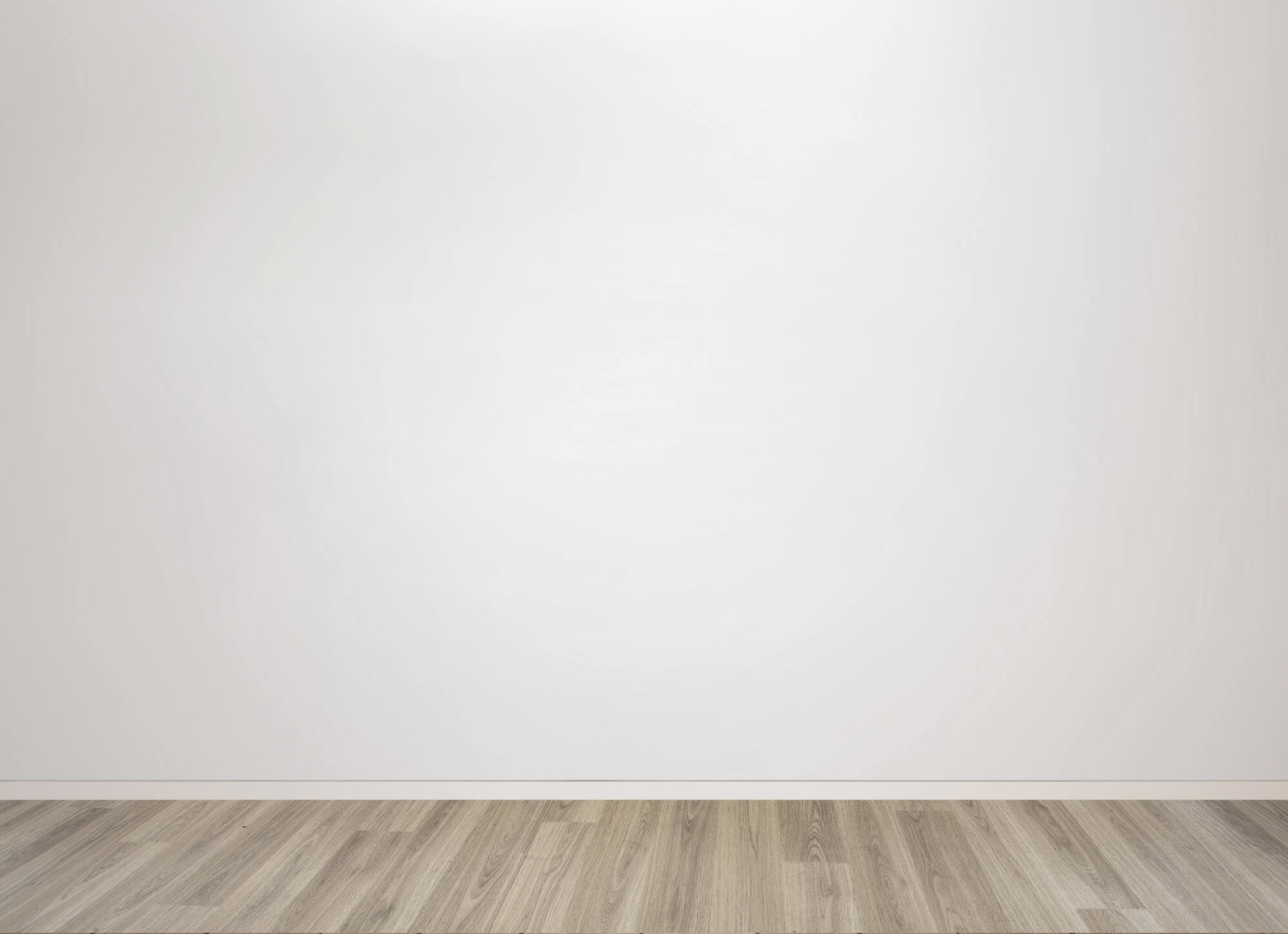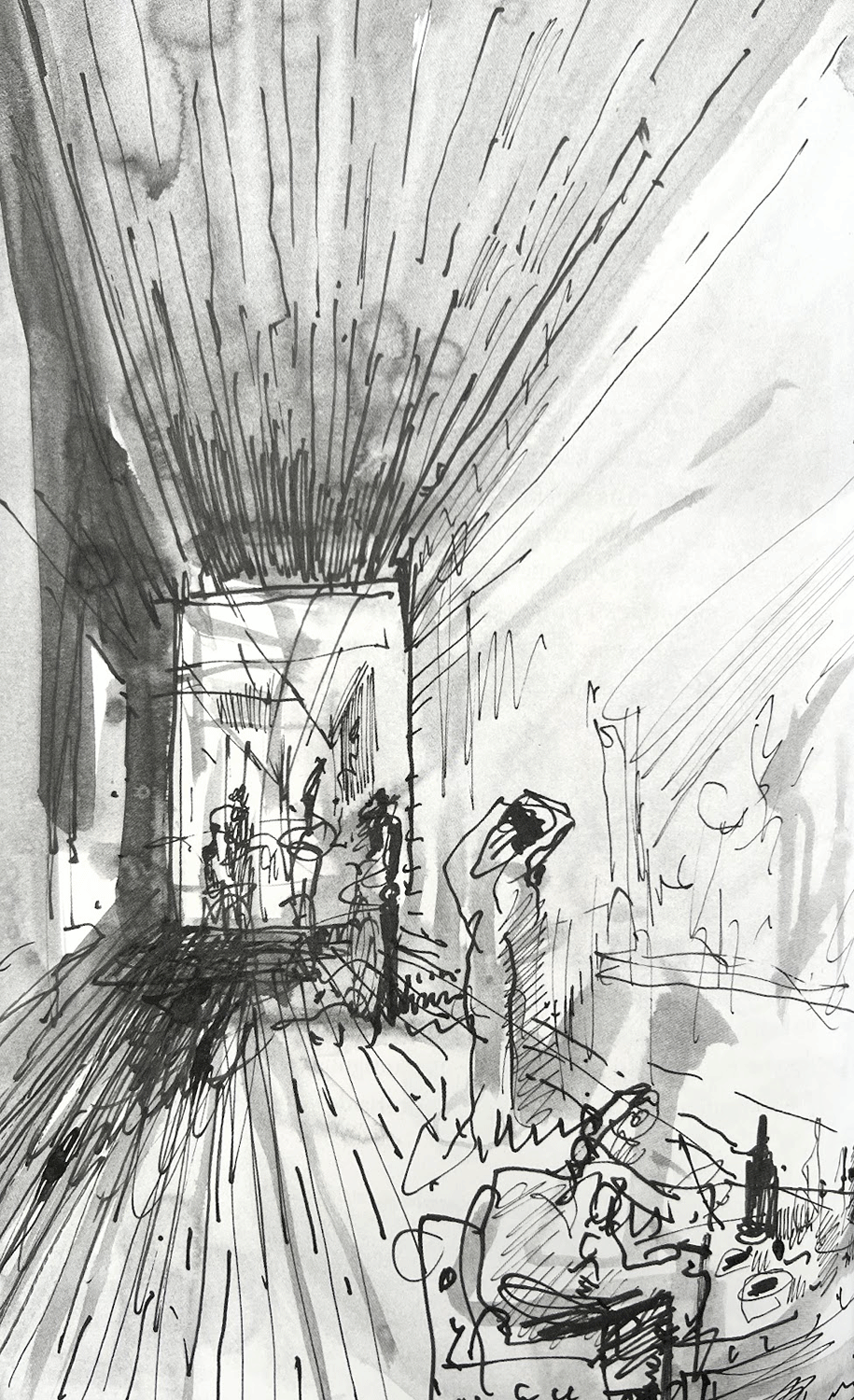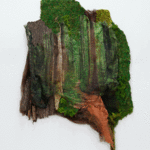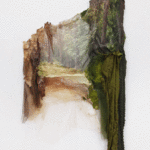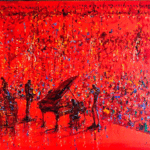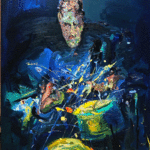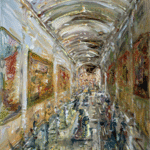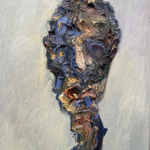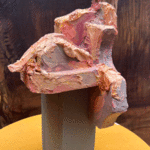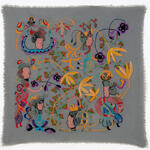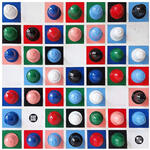Interdisciplinary visual artist who since the 1970s has permanently worked on the theory and practice of synesthesia between music and painting. Jazzamoart's work, which is full of joy, Mexicanisms, doodles and strength, and contains a powerful personality and gestural language, has been appreciated and recognized in Mexico, Canada, the United States, South America, Europe and Asia.
Considered by Raquel Tibol as a neoromantic and by Carlos Blas Galindo as a pioneer of expressivity. Jazzamoart's work has participation and distinctions in museums and spaces such as the Ibero-American Biennial of Miami, the Reina Sofía Museum in Madrid, the Tamayo Biennial, the Tour de la Bourse in Montreal, the Osaka Triennial in Japan, the Joan Miró International Drawing Prize in Barcelona. , , Prize for the Bicentennial of the French Revolution, Bronx Museum of Art in New York, Beijing Biennale at the National Museum of Art of China, Rijksmuseum in Amsterdam, , Phoenix Museum of Art in Arizona, Europalia in Belgium, Bellas Palace Museum Arts and Museum of Modern Art in Mexico, Hyogo Prefectural Museum in Japan, among many others.
The transcendence of the art of Jazzamoart goes beyond the field of plastic arts, interdisciplinary actions through scenography, performance and visual improvisations with national jazz artists such as Eugenio Toussaint, Olivia Revueltas, Iraida Noriega, Lila Downs and international jazz artists such as Ray Charles, B.B. King, Diana Krall, Arturo Sandoval, Branford Marsallis and Wayne Shorter have contributed a vital, unifying and enriching element to the jazz scene and development.
Jazzamoart has presented its work around the world in more than five hundred group and individual exhibitions, a path of more than 45 years of authenticity, struggle and commitment to art, to society and to Mexico. “The birthplace of Diego Rivera was also that of José Chávez Morado. Likewise, that of Jazzamoart. Three painters, three generations, different historical and political moments… Rivera and Chávez Morado were attentive to the landscape and numerous motifs of popular Mexico, Jazzamoart, like the third “great” of the Bajío painters, is also attentive, but to the social landscape that is “discovers and emerges from a central motif of Mexico that continues to be popular as well: music.”
